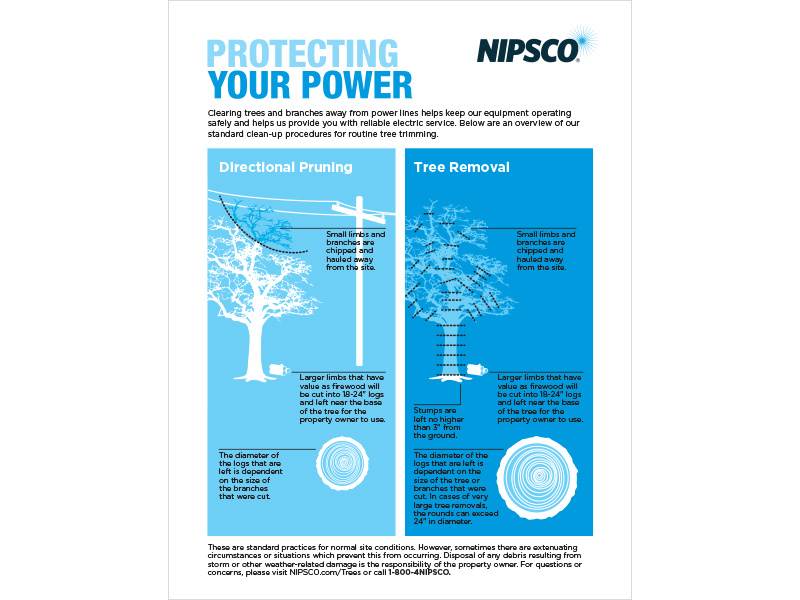Treatment After Tree Removal: Efficient Ways To Revitalize Your Landscape
Treatment After Tree Removal: Efficient Ways To Revitalize Your Landscape
Blog Article
Posted By-Franks Cochrane
After a tree's removal, your landscape might look fairly different, and it's important to evaluate the after-effects very carefully. You'll intend to review the soil disruption and inspect surrounding plants for any type of indicators of tension. Disregarding these aspects can cause larger issues down the line. So, what should you do with those stumps and origins? And exactly how do you choose the very best plants for your rejuvenated area? Allow's discover these essential actions.
Analyzing the After-effects: Examining Your Landscape
After a tree removal, it's important to assess your landscape to understand the influence it has on your yard.
Begin by checking out the area where the tree stood. Try to find indications of soil disturbance, and examine the surrounding plants for any type of stress or damages.
You must additionally bear in mind of how the elimination has transformed sunshine exposure and air flow in your yard. This change can affect the development of neighboring plants, so it's vital to examine their health.
Think about the aesthetic facets as well; the removal might produce an open space that you can upgrade.
Finally, think about any prospective disintegration issues that might emerge from the tree's lack. Dealing with these variables early will help recover balance to your landscape.
Managing Stumps and Origins: Choices for Elimination
Once you've examined the after-effects of the tree elimination, you'll likely need to deal with the stump and origins left behind.
You have a couple of choices for removal. One reliable technique is stump grinding, where an expert utilizes a maker to grind the stump down to below ground level. This approach leaves very little interruption to your landscape.
If you prefer a DIY technique, you can use a mix of digging and chemical stump cleaners. Simply remember, this procedure can take time and initiative.
Additionally, consider leaving the stump as a natural feature, which can function as a special yard component or environment for wild animals.
Whatever you select, resolving the stump and roots is vital for recovering your landscape.
Choosing the Right Plants for Your New Area
As you examine your recently removed area, picking the right plants can significantly improve your landscape's appeal and performance.
Start by taking into https://burning-stumps-in-the-gro95172.blogoxo.com/35457488/the-principal-guide-to-stump-grinding-techniques-advantages-and-financial-aspects and dirt conditions. For sunny locations, go with drought-resistant plants like lavender or succulents. In shaded spots, ferns and hostas grow well.
Think about the size and growth behaviors of your plants; mix perennials and annuals for seasonal variety. Don't forget to integrate native varieties; they call for much less maintenance and assistance local wildlife.
Group plants in odd numbers for an extra natural look and develop layers for aesthetic deepness.
Finally, ensure you have a mix of colors and structures to keep your landscape vibrant throughout the periods.
Pleased growing!
Final thought
To conclude, recovering your landscape after tree removal is a rewarding process. By assessing the aftermath, dealing with stumps and roots, and picking the right plants, you'll produce a growing atmosphere. Do not forget to integrate erosion control steps to secure your dirt. With https://www.prweb.com/releases/cottage_lakefront_living_show_returns_to_novi_feb_27_and_holiday_discount_tickets_available/prweb16793297.htm and care, you can transform your space right into a dynamic garden that enhances your residential property. Embrace the opportunity to renew your landscape and appreciate the appeal of nature right in your yard!
